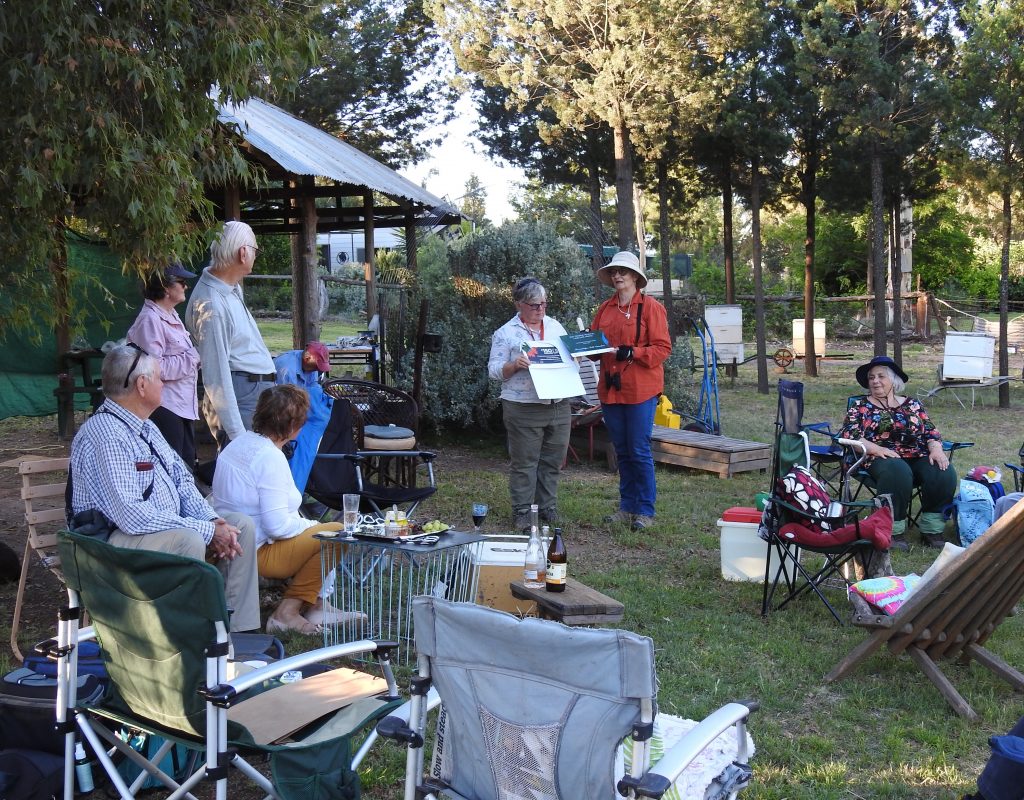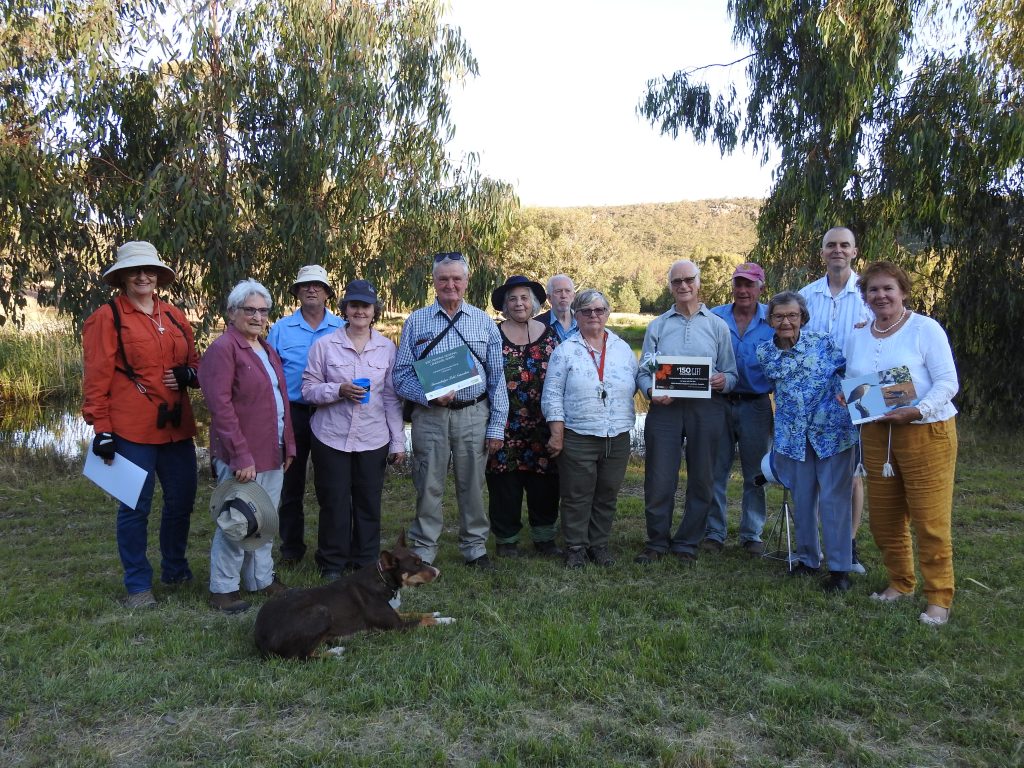Murrumbidgee Field Naturalists
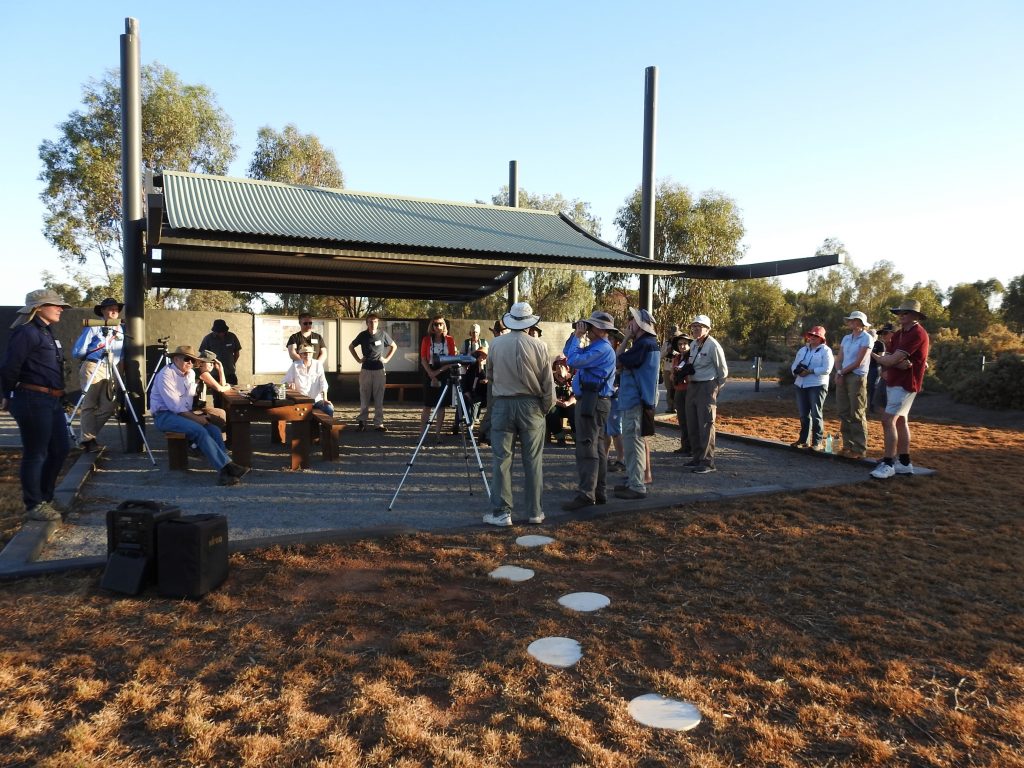
MFN has been operating for 26 years as a volunteer organisation to facilitate and promote the knowledge of natural history, and to encourage the preservation and protection of the Australian natural environment, particularly in the Murrumbidgee River Valley.
Visit the Murrumbidgee Field Naturalists Inc Facebook page here.
It all started in 1994…..
When the group formed in 1994 regular excursions and meeting nights were held. Today there are two chapters, one which holds meetings in Leeton and includes members from Narrandera Griffith and Leeton, and a new chapter that has begun in Wagga. These MFN groups participate in organising and leading weekend camps, conservation projects, workshops and biodiversity surveys. Other activities like the Twitchathon, koala and bird counts are part of their program which supports various environmental causes. They also participate in national environmental events such as the Wild Pollinator Count, Malleefowl Monitoring events and Frog Surveys. To get involved, visit the MFN website.
Working with the wider community
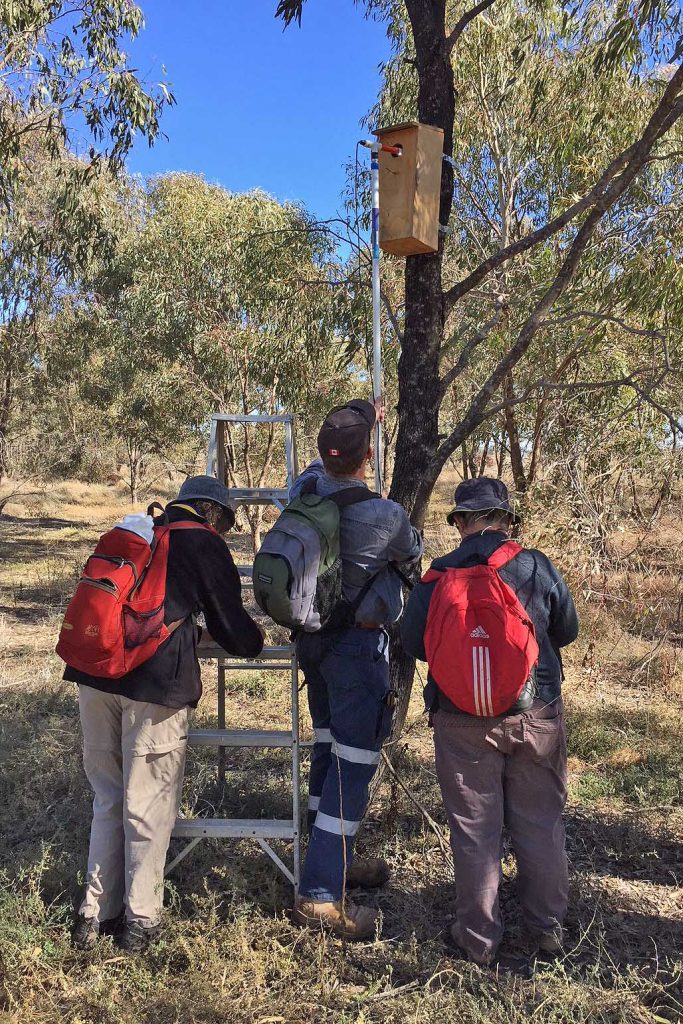
MFN has worked together with government agencies, councils, school students and bird enthusiasts from all over Australia to acknowledge the importance of wetlands to the local natural environment. The group has representatives on several advisory committees including BIGnet, Environmental Water Advisory Groups (EWAG), Fivebough and Tuckerbil Wetlands Advisory Committee (FTWAC) SDLAM Community Advisory Group (Yanco Creek) and Western Rivers Advisory Group NPWS.
The group has been heavily involved and continues to be a major contributor to the development of three local wetlands in the Murrumbidgee region, Fivebough Wetlands, Tuckerbil Wetlands and Campbell’s Wetlands. MFN FTWAC representatives advise on the management of these wetlands and attend EWAG meetings to discuss the management of environmental water in the Murrumbidgee.
Impactful projects
Fivebough &Tuckerbil Wetlands: MFN was instrumental in the preservation of Fivebough and Tuckerbil Wetlands and their recognition as RAMSAR sites. This ensured that the wetlands did not become a passive boating site, and would instead remain an internationally renowned site for migratory and local wetland birds. MFN also manage walking tracks and bird hides. Over a thousand trees and shrubs were planted for small bird habitats and an information centre was constructed to improve the wetlands further.
Campbell’s & Nericon Wetlands: In a similar manner, Campbell’s and Nericon Wetlands were rehabilitated as wildlife reserves. Bird hides, walking tracks and information signs were constructed with trees and shrubs planted to enhance the biodiversity of the area. These two wetlands are now managed by Griffith City Council.
Narrandera Ranges: A project to promote the environmental values of the Narrandera Ranges was commenced in the 1990s with a biodiversity survey, fencing for protection of natural values, nature initiatives, and installation of nest boxes for Glossy Black Cockatoos. The project has continued with regular monitoring of the numbers of Glossy Black Cockatoos.
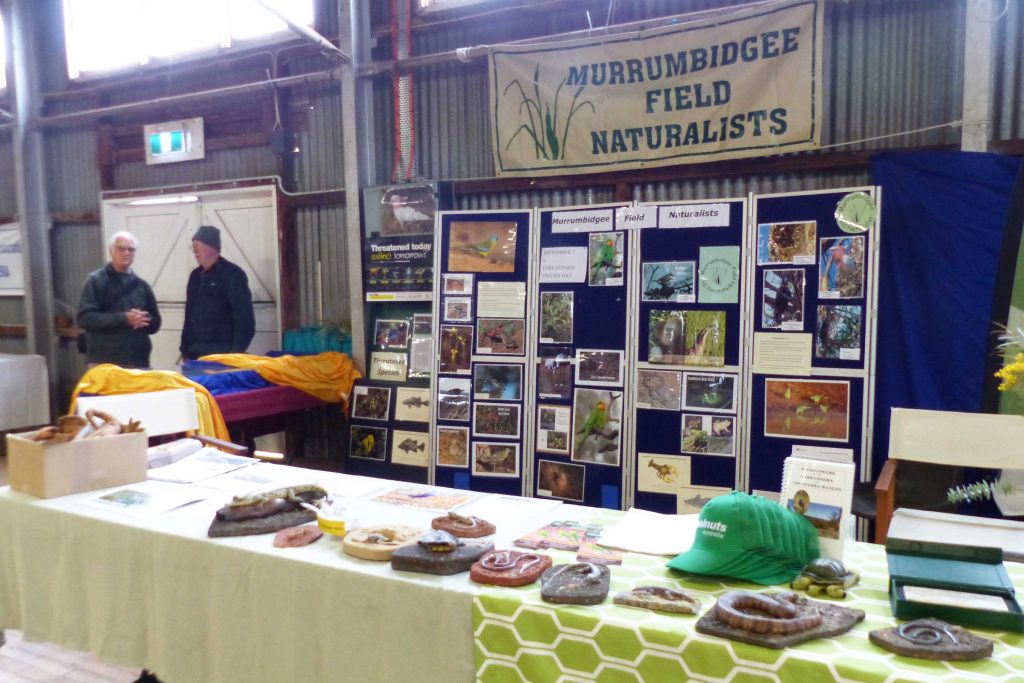
Community biodiversity surveys: These surveys were organised by MFN with help from ‘Caring for our Country’ funding. The group organised six field trips for the public, including school groups, to foster awareness of our unique local habitats. The group continues to conduct biodiversity surveys on a regular basis.
Community work: MFN has hosted various conferences for state and national organisations, and regularly supports local organisations such as the Annual Narrandera Koala Count (including providing team leaders), and community tree planting days organised by other groups and government agencies.
Sharing knowledge in the community
A monthly newsletter is published with regular articles on natural history and records of local sightings. The newsletter is freely available to the wider community as a means of environmental education. A brochure on Bird Routes in the district and a book written by one of the MFN members, “Wildflowers of the Narrandera and Cocoparra Ranges,” have been published (the latter being the only local flora book).


